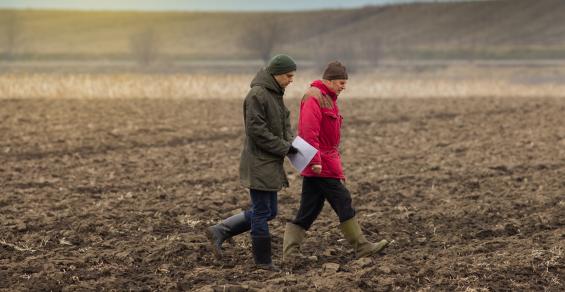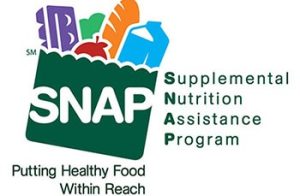Ag Mafia: As harvest wraps up, planning for the new season begins.
For most, fall has gone off without a hitch and farmers are reaping the rewards of another hard-earned harvest. But as harvest begins to wrap up, planning begins for the next growing season — starting with fertility and seed.
Fertility is generally on the radar first, for good reason. It’s usually at its lowest cost in the fall, and fall applications will ease spring operations logistically. Seed follows shortly behind. When buying, it’s advantageous to pull the trigger earlier for availability and better pricing. Here are some tips to make the most of fertility and seed planning this fall:
Fertility testing
Everything starts with a soil test. It’s the biggest return on investment a farm can make for their fertilizer inputs. If you aren’t having soil samples taken on your farm, it’s like driving a car on a road trip and not having a fuel gauge. How do you know how far you can drive until it’s time to refuel? Two outcomes come from this: either you run out of gas and are stranded on the side of the road, or you make frequent stops and fill more often than needed. Either way it’s inefficient.
There are two ways to have your soil samples taken:
composite, offering the traditional one test result per field
zone-grid method, offering multiple results for site-specific applications
Composite tests are great. Think of it like having a fuel gauge; now, you know how much it takes to fill your tank (reaching your yield goals), but you don’t necessarily know how efficient you will be with that. A road isn’t always flat or straight, those hills will affect your mileage. Similarly, a field has varying soil types and yield potentials.
A composite soil test will give you a good idea of what you need to apply, but testing on zones or grids will refine it a level further. Zones and grids provide a level of detail that allow for site-specific application of fertility to match a field’s varying yield potential — only what’s needed to reach a site-specific yield goal.
Smart seed purchases
You have likely been bombarded with plot data, side by sides and the latest in programing already this fall, trying to sway your decision to buy seed. It can be a lot to sift through, but buying seed this fall is a smart decision in order to receive the best pricing and product availability.
So how do you sort through the noise in all this information being thrown at you? Here is how I sift through the data:
replicated small plots
strip trials
side-by-sides
Small-plot data is often scrutinized as not “realistic to my farm’s yields”, and honestly, it shouldn’t be! Small plots are designed to eliminate variability, which means they are put on the best, most uniform soils, giving a true yield comparison of product to product in that given trial. Small plots should only be used to compare new products to ones you are familiar with to understand that products true genetic capability. This is where strip trials and side-by-sides come in.
Strip trials are closer to where you farm, or are on fields with environments like yours. Use this to drill down further to see how a seed product will perform on your ground. But keep in mind that soil types vary even within a strip trial, so take this data with a grain of salt if you have not set foot in the field that the strip trial was held. The smallest amount of variability can change yield results and can make a product look great or poor.
Side-by-sides are the last piece to the data puzzle. Every farm should be doing these themselves to compare new products to what they currently plant. Do not get caught up in how each side of the field yielded, as most fields are not perfectly uniform and this is not a fair way to compare how they perform. Instead, a side-by-side is looking at a new variety in the same field as what you currently plant to give you an indication how the new seed will do in varying yield environments.
No purchase decisions should be made from any one of these alone. By using small plots, strip trials and side-by-sides in conjunction to your advantage can give you a very informed decision for buying seed this fall.






